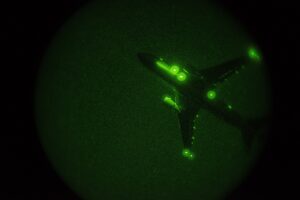
This year, Boeing [BA] is redesigning a drain tube for its KC-46A Pegasus tanker for the U.S. Air Force and is working with General Electric [GE] to resolve a flight management system instability issue that can occur on the aerial refueler, the Government Accountability Office (GAO) said in a new report. "In March 2021, the Air Force identified a critical deficiency with the flight management system— which provides flight guidance and navigation support—after error messages occurred on a trans-Pacific flight,"…













